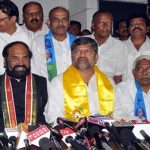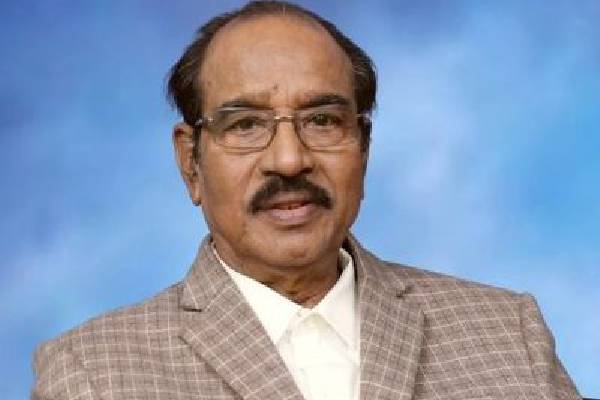Professor Nageshwar
<p>Prof.K. Nageshwar is India’s noted political analyst. He is a former member of the Telangana Legislative Council and professor in the Department of Communication & Journalism, Osmania University, Hyderabad, India</p>
-
Prof Nageshwar : Decoding Vangaveeti Radha Episode January 25, 2019

-
Prof K Nageshwar : United India rally & Mamata Banerjee’s PM ambitions ! January 23, 2019
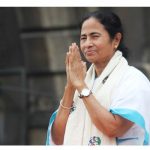
-
Prof Nageshwar : Why KCR keen on roping in Jagan in Federal Front January 17, 2019

-
Prof.K.Nageshwar : Will the Judiciary uphold Reservations for Weaker Sections? January 11, 2019

-
Prof Nageshwar : KCR’s Non-Congress, Non-BJP front a distant reality December 26, 2018
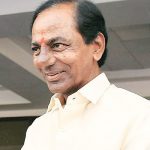
-
Prof.K.Nageshwar : Who will win Telangana in 2019? December 24, 2018

-
Prof Nageshwar : Mandate 2018: A Clear Positive Vote for KCR December 21, 2018
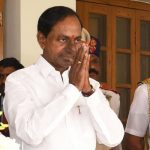
-
Prof.K.Nageshwar: KTR’s era begins in TRS: Options Before Harish Rao December 16, 2018
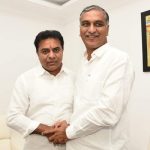
-
Prof.K.Nageshwar: Was Chandrababu Naidu Counterproductive for Congress in Telangana ? December 12, 2018

-
Prof.K.Nageshwar: Two Years after Demonetisation : How Modi’s Claims proved to be Farcical November 20, 2018

-
Prof Nageshwar : Why did Chandrababu Naidu Government withdraw general consent to CBI? November 17, 2018
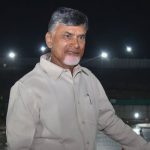
-
Congress -JD(S) win in Karnataka by-poll :Doest it mean good news for Mahakutami in Telangana November 9, 2018

-
Prof Nageshwar : Sardar Patel Statue of Unity , Mr Modi, Please answer these questions. November 5, 2018
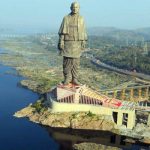
-
Professor Nageshwar – The mood of the Hyderabad voter November 1, 2018
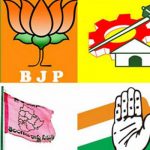
-
Prof K.Nageshwar : KCR allies with MIM , Congress counters with Modi Nexus Narrative October 20, 2018
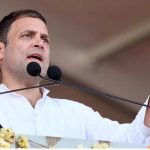
-
Professor Nageshwar – Sabarimala Protest: More Political than Religious October 17, 2018
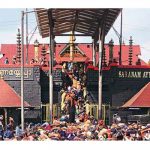
-
Professor Nageshwar – Bathukamma Festival: The Celebration of Telangana Identity October 16, 2018

-
Professor Nageshwar – Who Benefits from Abusive Language in Politics October 12, 2018

-
Professor Nageshwar – Why KCR is targeting Chandrababu Naidu ? October 8, 2018
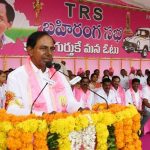
-
Professor Nageshwar – SC Verdict on Sabarimala Temple: Can courts adjudicate issues of faith September 28, 2018
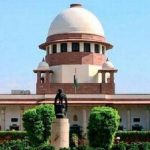
-
Mahakutami in Telangana: Split in anti KCR vote unavoidable September 26, 2018
